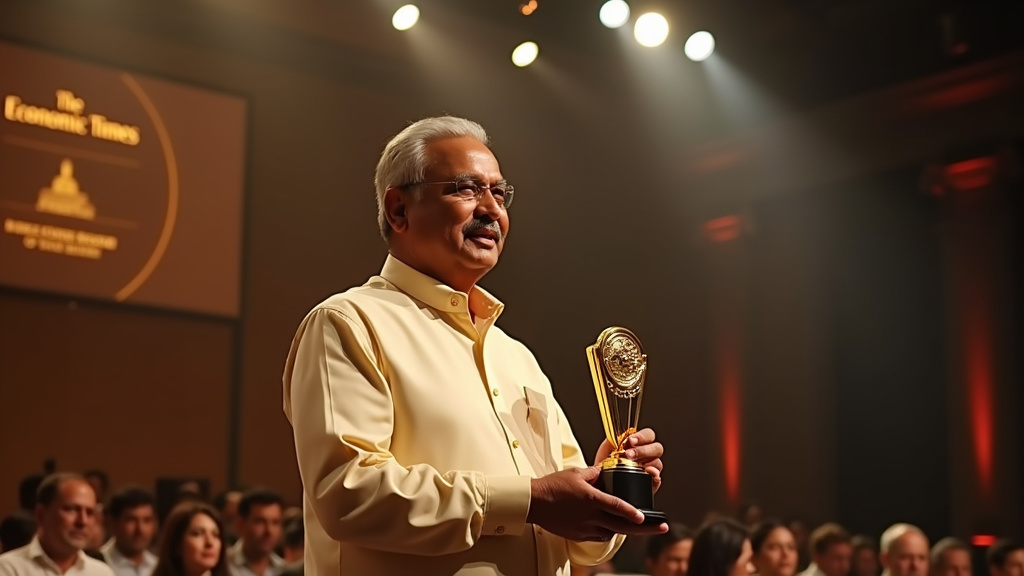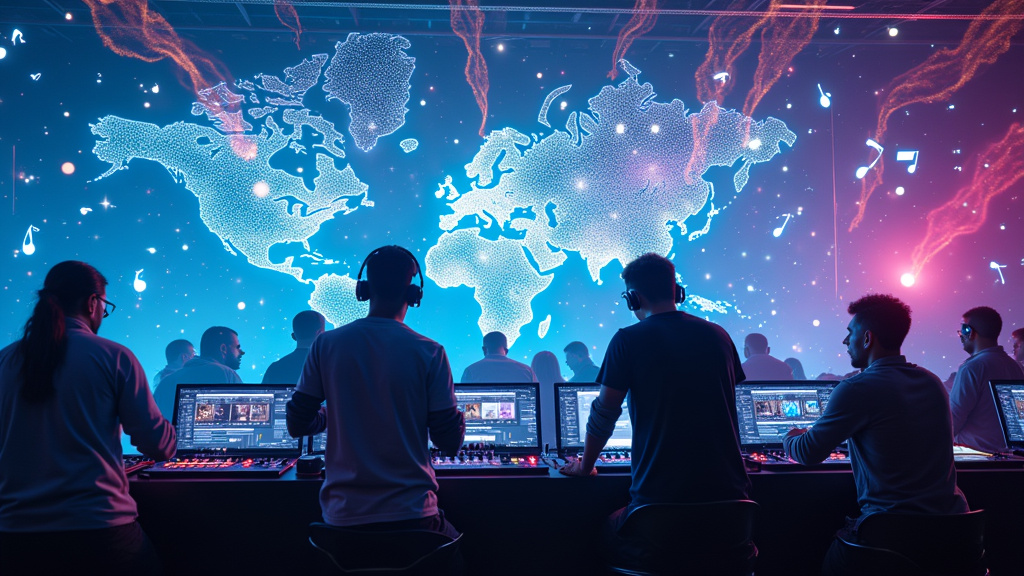Tianjin, China – Chinese President Xi Jinping and Indian Prime Minister Narendra Modi held a significant bilateral meeting on August 31, 2025, on the sidelines of the Shanghai Cooperation Organization (SCO) Summit in Tianjin. The high-level talks marked a pivotal moment, with President Xi explicitly stating that China and India should be viewed as “cooperation partners, not rivals,” emphasizing their role as “development opportunities, not threats.” This declaration signals a deliberate effort to recalibrate the complex relationship between the two Asian giants amidst a period of global economic turbulence and evolving geopolitical alignments. The news of this summit reverberated through international diplomatic circles, underscoring the strategic importance of their dialogue.
A Diplomatic Reaffirmation: Embracing Partnership
President Xi Jinping’s assertion that the long-standing border issue should not define the overall China-India relationship resonated strongly. He called for strengthening strategic communication, deepening mutual trust, and cooperating on mutual interests while respecting each other’s concerns for harmonious coexistence. Prime Minister Modi, in turn, expressed India’s commitment to improving bilateral ties based on mutual respect, trust, and sensitivities. This meeting, the first between the two leaders in nearly a year, followed their successful interaction in Kazan in October 2024, which initiated a period of positive momentum. Both leaders reaffirmed their commitment to fostering a stable relationship and cooperation necessary for the growth and development of their countries and for a multipolar Asia. The affirmation of being “development partners, not rivals” was a central theme, aiming to steer discussions away from past confrontations towards future collaboration.
Navigating Complexities: Border Stability and Economic Interdependence
The historical context of border disputes, including the fatal clashes in the Galwan Valley in 2020, has cast a long shadow over India-China relations. However, both leaders noted with satisfaction the disengagement agreements reached last year and the subsequent maintenance of peace along the border areas. They reiterated their commitment to finding a fair, reasonable, and mutually acceptable resolution to the boundary question, proceeding from a political and strategic perspective. Economically, the relationship is characterized by robust trade, with China remaining India’s largest trading partner. Bilateral trade reached a record figure, reflecting significant engagement despite a persistent trade deficit for India. Discussions focused on expanding bilateral trade and investment ties, recognizing the crucial role both economies play in stabilizing world trade amidst global economic volatility. This economic interdependence offers considerable opportunities for business and entrepreneurs, although managing the trade imbalance remains a key focus for New Delhi.
Strategic Autonomy in a Multipolar World
Prime Minister Modi’s visit to China occurs at a critical juncture, particularly in the wake of significant US tariffs on Indian goods. This has prompted India to reassess its strategic partnerships and pursue a policy of ‘strategic autonomy’ and ‘multialignment.’ India’s participation in the SCO, a platform often viewed as an alternative to Western-led alliances, underscores its desire to diversify partnerships and maintain a balanced foreign policy. Both leaders acknowledged the importance of pursuing strategic autonomy and ensuring their bilateral relationship is not viewed through the lens of any third country. This stance reflects a broader trend of emerging powers seeking to consolidate regional influence and shape a multipolar world order, thereby gaining more leverage in international business and diplomacy.
Cultural Bridges and People-to-People Ties
Beyond political and economic discussions, the leaders emphasized the importance of strengthening people-to-people ties. Plans to resume direct flights and facilitate visa processes were discussed, building on the recent reopening of Kailash Mansarovar Yatra and tourist visas. Such initiatives are vital for fostering deeper cultural understanding. Historically, China and India have shared rich cultural exchanges, with renowned artistes and musicians influencing each other’s traditions. Recent collaborative efforts in dance and art, involving artistes from both nations, have garnered popular attention, demonstrating the potential for cultural diplomacy to bridge divides and build goodwill. These exchanges are crucial for cultivating a more popular and accessible understanding between the two civilizations.
Outlook for Future Cooperation
The meeting in Tianjin represented a pragmatic step towards managing a relationship that is inherently complex, balancing cooperation with competition. By reaffirming their commitment to partnership and dialogue, Xi and Modi have laid the groundwork for a more stable and constructive bilateral engagement. While challenges, particularly concerning border disputes and trade imbalances, persist, the shared objective of stabilizing global trade and promoting regional development provides a strong impetus for continued cooperation. Prime Minister Modi’s invitation to President Xi for the 2026 BRICS Summit in India further solidifies this forward-looking approach, suggesting that both nations are poised to enhance their collaboration on key global issues, thereby contributing to a more multipolar and balanced international system.





